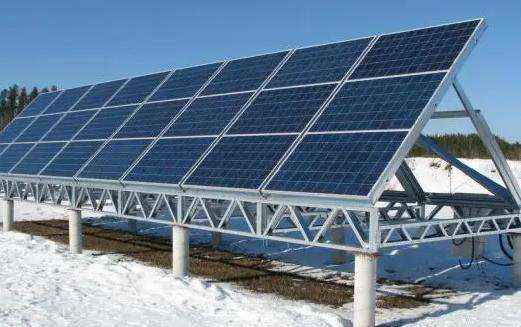.
Dams can store water at a height of tens to several hundred meters, then rush to drive hydraulic turbines to produce electricity. This energy is distributed evenly over hundreds of kilometers in ordinary rivers. , and cannot be used intensively (because there will be friction along the way that consumes the converted kinetic energy into potential energy).
In other words, ordinary rivers convert slowly potential energy into kinetic energy along the way, and at the same time slowly consume it through friction and a dam can release potential energy in one place and convert it into kinetic energy to produce electricity.< /p>
.
What is the specificity. hydroelectricity production process?
The basic principle of hydroelectricity is to use the difference in water level toproduce electricity with a hydroelectric generator. That is, the energy of the water level is converted into the mechanical energy of the water wheel, and then into the mechanical energy. is used to drive the generator to obtain electricity. Scientists take advantage of the natural conditions of water level difference, effectively use fluid engineering and mechanical physics, and carefully combine them to achieve the highest power generation capacity, so that people can use an electricity cheap and pollution-free. In 1882, the first recorded application of hydroelectric power took place in Wisconsin, United States. So far, the scale of hydroelectric power ranges from micro-scales, tens of watts used in rural areas of the third world, to millions of watts used to power large cities.
Details are as follows:
1 Dams Most hydroelectric power plants rely on dams to hold back water, forming a huge reservoir.
2. When the water inlet opens the dam gate, the water will pass through a water channel called a tunnel under the action of gravity, which will guide the water flow to the turbine. Water pressure increases as it flows through a stream.
3. The water flow from the hydraulic turbine impacts and rotates the huge blades of the hydraulic turbine, and the hydraulic turbine is connected to the generator above by a transmission shaft. The most common turbine in hydroelectric power plants is the Francis turbine, which resembles a large plate with curved blades. According to data provided by the Foundation for Water and Energy Education (FWEE), the turbine can weigh up to 172 tons and rotate at a speed of 90 revolutions per minute.
4. When the generator turbine blades rotate, a seThe number of magnets in the generator also rotate together. Huge magnets spin through copper coils, moving electrons to create an alternating current.
5. The water present in the drive shaft reservoir that connects the turbine and the generator is considered stored energy. When the door is opened, the water flowing through the tunnel is converted into kinetic energy because it is in motion.
6. The amount of electrical energy that can be generated depends on several factors, two of which are the size of the water flow and the height of the water. Water height refers to the distance between the water surface and the turbine blades. The higher the water height and water flow, the more electrical energy is generated. The water height generally depends on the storage capacity of the tank.














